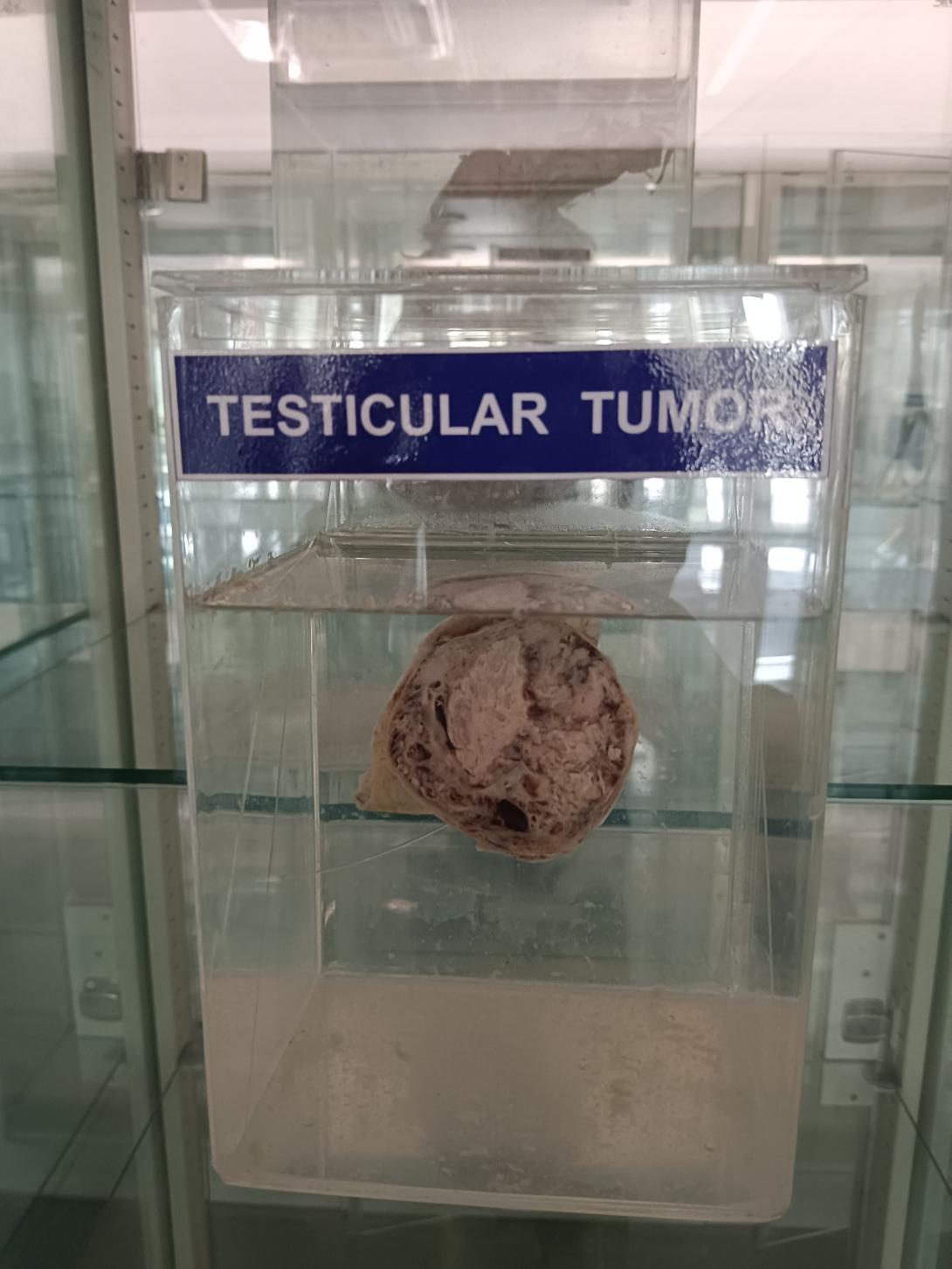Testicular tumors are classified into two main categories: germ cell tumors and non-germ cell tumors. Germ cell tumors account for the majority of testicular tumors, with non-germ cell tumors being less common.
Germ cell tumors can be further classified into seminomas and non-seminomas. Seminomas are typically slow-growing tumors that originate from germ cells and are composed of uniform cells that resemble primitive germ cells. Non-seminomas, on the other hand, are more aggressive tumors that can contain a variety of different cell types, including embryonal carcinoma, yolk sac tumor, choriocarcinoma, and teratoma.
Non-germ cell tumors of the testicle can include Leydig cell tumors, Sertoli cell tumors, and lymphoma.
Pathological evaluation of testicular tumors involves a thorough examination of the tumor tissue to determine the type and extent of the tumor. This may involve analysis of tissue samples obtained through biopsy or surgical removal of the testicle (orchidectomy). Specialized tests such as immunohistochemistry may be used to help differentiate between different types of tumors.
Treatment for testicular tumors typically involves surgical removal of the affected testicle (orchidectomy) and in some cases, chemotherapy or radiation therapy. The specific treatment plan will depend on the type and stage of the tumor, as well as the patient's overall health and preferences.

